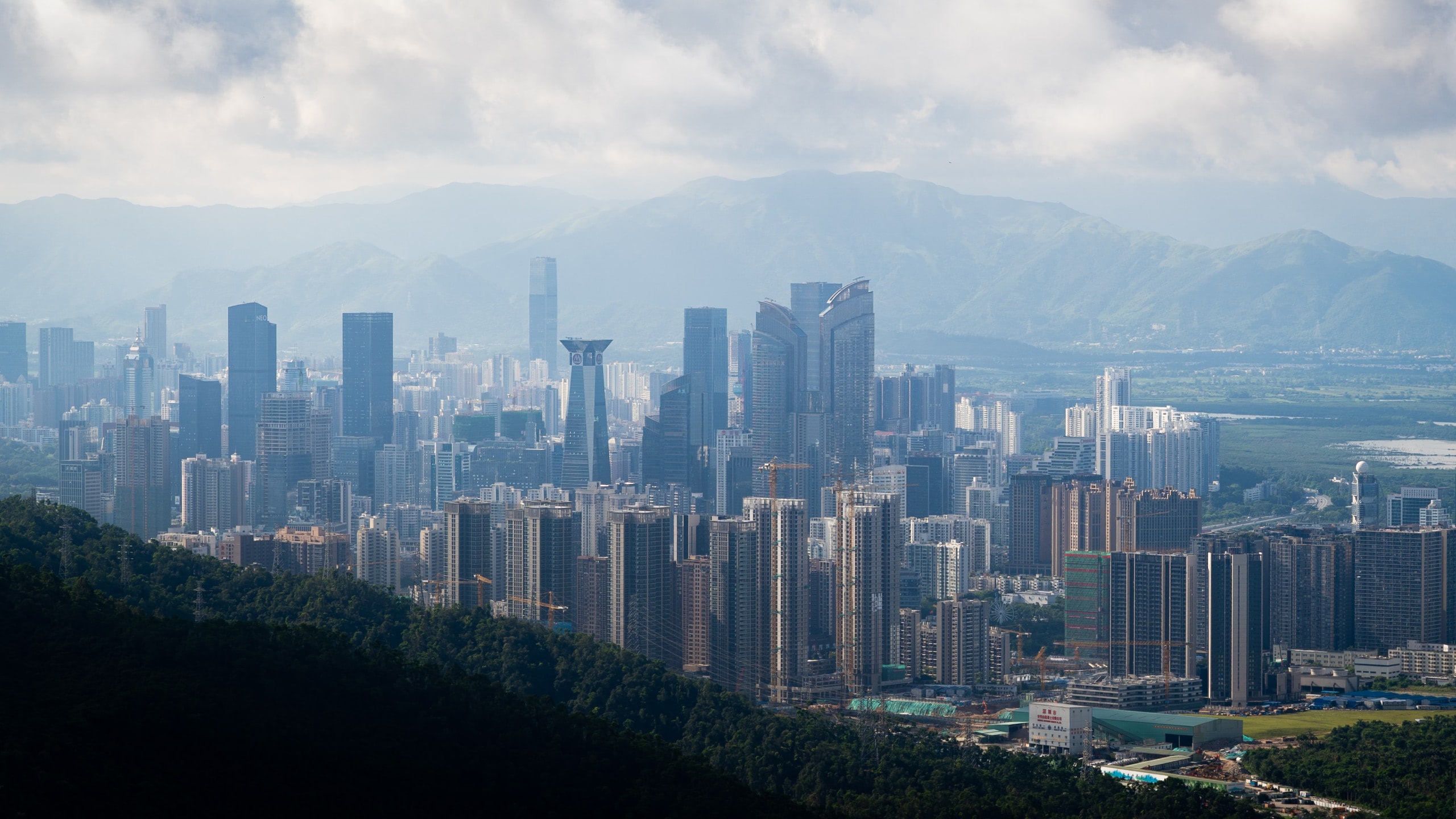Sydney Business Insights

Megatrends watch
A tale of two megacities
Cities with affluent residents who lead high-consumption lifestyles are driving global atmospheric pollution.
MIT Tech Review, May 2021
Cities with affluent residents – and corresponding high consumption lifestyles, account for the largest carbon footprints. (LA, New York and Shenzhen produce the biggest carbon footprint per capita).
Old megacities will lead on climate change
But slowing growth and greater resources should mean these ‘old’ megacities will be better able to adapt for climate change. Shenzhen is shifting to low emission public transport, promotes green buildings and expects to hit peak carbon emissions in 2022.
Rising megacities will suffer
The rising megacities will mainly be in Africa and Asia. By 2035 Kinshasa will support a population of 26.7 million – much larger than Shenzhen’s predicted 15.2m.
However despite its lower carbon footprint, with fewer resources and less opportunity to build resiliency, residents there will face many climate change hazards including food insecurity, drought, natural disasters, and extreme temperatures.
Best and worst of times
The wealth and technology concentrated in metro areas could lead the way in addressing climate change – if the lessons are applied equally well across all cities.
Megatrends watch: climate and resource security
Subverting
Stable
Accelerating
This update is part of our Megatrends Watch series, which tracks developments that inform our six global megatrends….
Image: Shengpengpeng Cai
Sydney Business Insights is a University of Sydney Business School initiative aiming to provide the business community and public, including our students, alumni and partners with a deeper understanding of major issues and trends around the future of business.
Share
We believe in open and honest access to knowledge. We use a Creative Commons Attribution NoDerivatives licence for our articles and podcasts, so you can republish them for free, online or in print.









